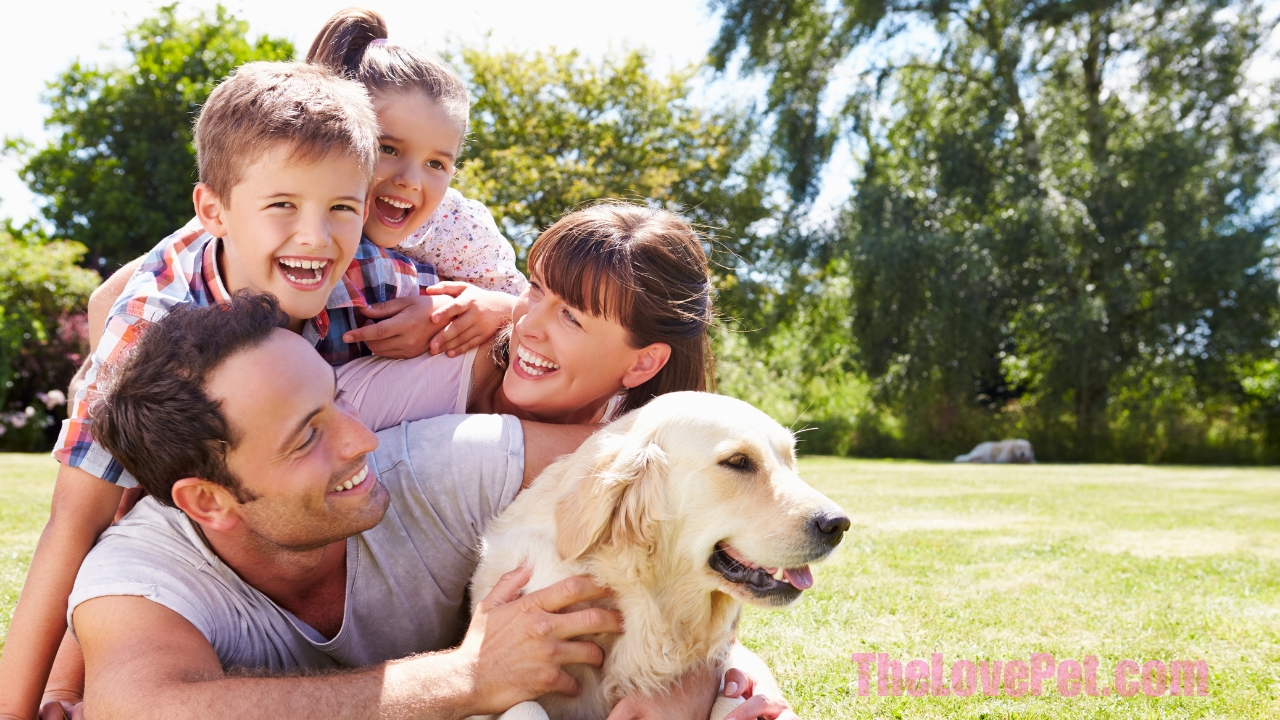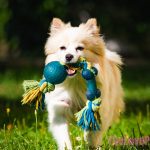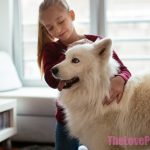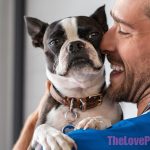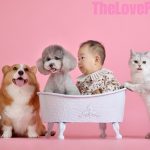Excessive Salivation Can Be Normal
It’s common for cats to drool a bit when being petted or when they’re relaxed and content. This is normal cat behavior and nothing to be concerned about. The drooling is caused by extra salivation triggered by the pleasant sensations of being stroked. Some cats just tend to produce more saliva than others when they are happy and enjoying affection.
Medical Causes of Excessive Drooling
However, if your cat is drooling excessively or uncontrollably when petted, it could indicate an underlying medical issue. Some potential causes include:
Dental Disease
Infection, inflammation, or pain in your cat’s teeth or gums can lead to increased drooling. Dental issues are common in cats and should be checked by a vet.
Oral Injury or Ulcer
An injury, wound, or sore in the mouth may cause pain and drooling when petted. Cats can injure their mouths in various ways, such as biting a foreign object.
Nausea
Drooling can sometimes be a sign of nausea in cats. Petting may trigger gagging or salivation if your cat has an upset stomach or digestion issues.
Stress or Anxiety
Excessive drooling can also be caused by nervousness, stress, or anxiety in some cats. Petting may overstimulate an anxious cat and lead to drooling.
When to See the Vet
It’s a good idea to have your vet examine your cat if you notice frequent or severe drooling during petting. They can check for dental disease, oral injuries, nausea, and other problems. Treatment will depend on the underlying cause. Some cats may just need dental care, while others may require medication for nausea or anxiety. With proper treatment, excessive drooling can often be resolved.
In summary, a small amount of drooling when pet is normal for cats, but excessive drooling can signal an underlying medical issue. See your vet if your cat drools excessively when you pet him to rule out dental disease, nausea, anxiety, and other problems. With proper treatment, your cat can go back to enjoying pets without overdrooling.
Preventing Excessive Drooling in Cats
If your cat drools excessively when pet, there are some steps you can take to help prevent it:
Gentle Petting
Try short, gentle strokes instead of prolonged, intense petting. Some cats are overstimulated by too much petting. Go slowly and watch your cat’s reaction.
Distraction with Toys
Have toys on hand to redirect your cat’s focus if they start drooling excessively. Distracting with play can interrupt the behavior.
Desensitization Training
For anxious cats, work on gradually getting them comfortable with touch through positive reinforcement. This can reduce stress from petting.
Dental Care
Regular veterinary dental cleanings and exams help keep your cat’s teeth and gums healthy, reducing dental pain that can cause drooling.
When Excessive Drooling Requires Veterinary Attention
See your vet promptly if your cat drools excessively when petted and also shows these signs:
Weight Loss
Unexplained weight loss can indicate an underlying illness causing the drooling.
Appetite Changes
Increased or decreased appetite may also point to a condition like nausea or oral pain.
Bad Breath
Foul breath accompanying the drooling can signal dental disease, oral infection, or other problems.
Lethargy
Excessive sleeping and low energy levels are not normal and may indicate your cat needs medical care.
#FAQ #Update #AdditionalContent
“Understanding Cat Drooling: When Is It Normal and When to See a Vet”
1. Is it normal for cats to drool?
2. What are the common reasons why cats drool?
3. When should I be concerned about my cat’s drooling?
4. How can dental disease cause drooling in cats?
5. What should I do if my cat drools when I pet them?
**Answers:**
1. Yes, cats can drool when they are happy and relaxed, which is considered normal behavior, especially if they adopted this behavior early in life.
2. Common reasons for cat drooling include dental disease, upper respiratory infections, nausea, gastrointestinal tract blockage, underlying health conditions like liver disease or kidney disease, cancer, trauma, exposure to bitter tastes, and neurological diseases.
3. You should be concerned about your cat’s drooling if it is accompanied by signs like vomiting, difficulty eating, weight loss, or changes in behavior. A vet visit is recommended in such cases.
4. Dental disease in cats, including gum inflammation, stomatitis, tartar, and cavities, can lead to drooling. A vet can diagnose dental disease through an oral exam and may recommend dental treatment under anesthesia.
5. If your cat drools when you pet them, it could be a sign of happiness and relaxation. This behavior is often associated with contentment they felt as kittens nursing on their mothers. It is generally considered normal and may be accompanied by purring, kneading, and rubbing against you or furniture.
You can find the full post here
